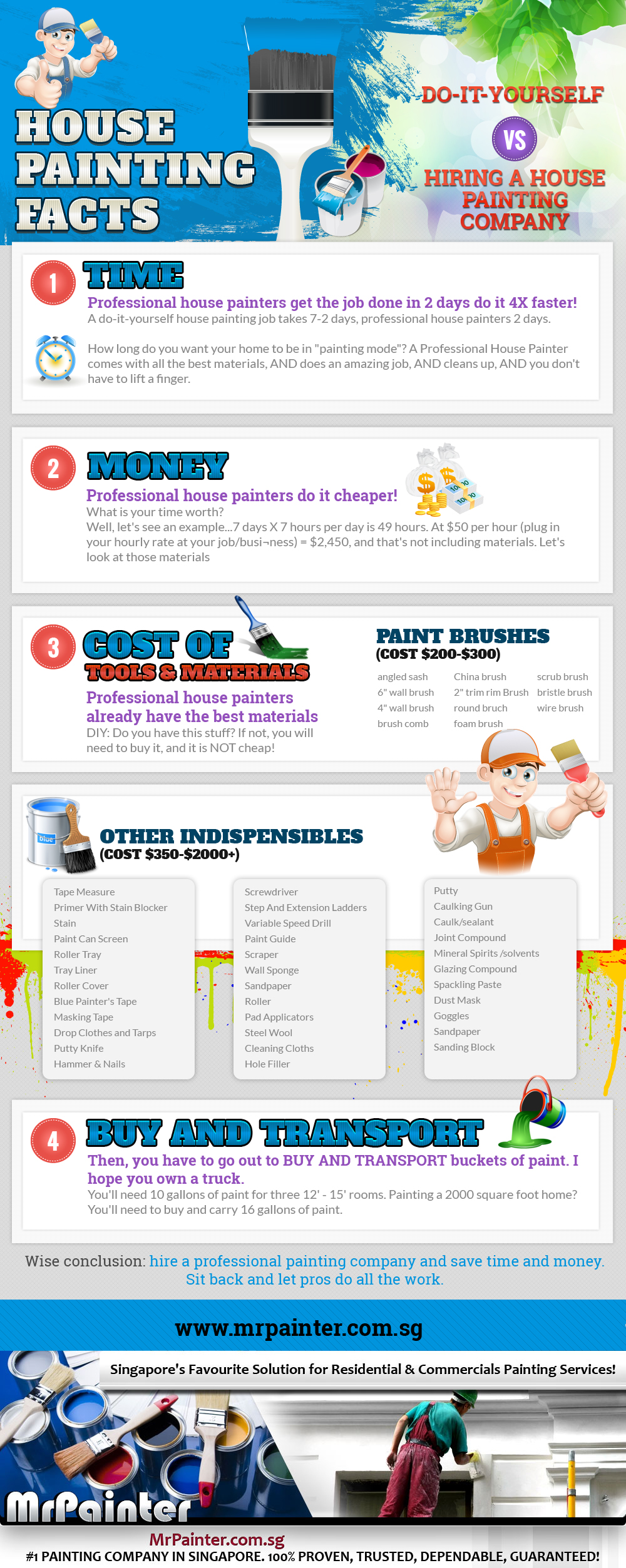Understanding Seasonal Influences On Commercial Exterior Painting: Crucial Knowledge For Success
Understanding Seasonal Influences On Commercial Exterior Painting: Crucial Knowledge For Success
Blog Article
Content Composed By-Regan Rosendal
When you're intending a commercial outside paint project, seasonal elements can make or damage your results. You'll wish to consider exactly how temperature and humidity effect paint application and drying times. Picking the ideal season can guarantee your paint adheres correctly and lasts longer. Yet which periods are truly the best for this kind of work? Let's discover the crucial elements that can influence your job's success.
The Effect of Temperature Level on Paint Application
When you're preparing a commercial exterior painting task, the temperature can considerably impact exactly how well the paint sticks and dries out.
Ideally, villas painting want to repaint when temperatures vary in between 50 ° F and 85 ° F. If https://exterior-house-painters-n98652.win-blog.com/15706858/inspiring-changes-from-distinguished-paint-solutions 's too chilly, the paint might not treat effectively, causing problems like peeling or cracking.
On the other side, if it's too hot, the paint can dry too swiftly, preventing proper bond and causing an uneven surface.
You must likewise think about the moment of day; early morning or late afternoon provides cooler temperature levels, which can be a lot more favorable.
Constantly check the supplier's recommendations for the specific paint you're utilizing, as they frequently offer advice on the ideal temperature variety for optimum results.
Humidity and Its Effect on Drying Times
Temperature level isn't the only ecological variable that affects your commercial exterior painting task; moisture plays a significant function as well. High humidity levels can decrease drying times dramatically, impacting the total top quality of your paint work.
When the air is saturated with dampness, the paint takes longer to heal, which can cause concerns like inadequate attachment and a greater risk of mold development. If you're repainting on a particularly damp day, be prepared for extensive delay times in between layers.
It's crucial to check local climate condition and plan appropriately. Preferably, aim for moisture levels in between 40% and 70% for optimal drying out.
Keeping these factors in mind ensures your project remains on track and delivers a long-term coating.
Best Seasons for Commercial Outside Painting Projects
What's the very best time of year for your business exterior paint projects?
Springtime and very early loss are commonly your best options. Throughout these periods, temperature levels are light, and moisture levels are frequently reduced, producing suitable problems for paint application and drying.
Prevent summertime's intense heat, which can trigger paint to completely dry also swiftly, bring about poor bond and finish. Likewise, winter's cool temperatures can impede correct drying and curing, taking the chance of the longevity of your paint job.
Go for days with temperature levels in between 50 ° F and 85 ° F for ideal outcomes. Remember to check the neighborhood weather prediction for rainfall, as damp problems can wreck your job.
Preparation around these elements guarantees your paint project runs efficiently and lasts much longer.
Conclusion
Finally, planning your business outside painting jobs around seasonal factors to consider can make a significant difference in the end result. By organizing job during the excellent temperatures and humidity levels, you'll make sure much better attachment and drying out times. Keep in mind to keep an eye on local weather forecasts and pick the right time of year-- spring and early loss are your best options. Taking these actions will aid you attain a resilient and professional surface that lasts.
